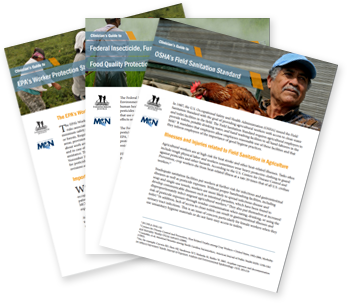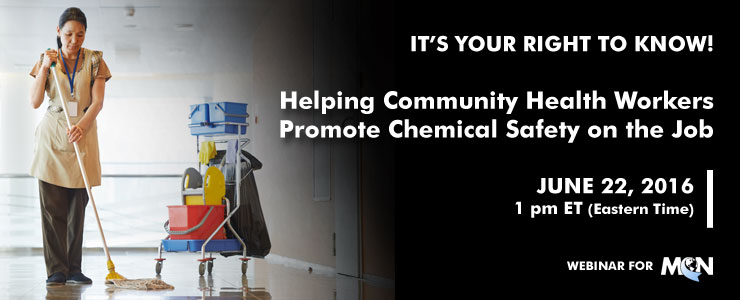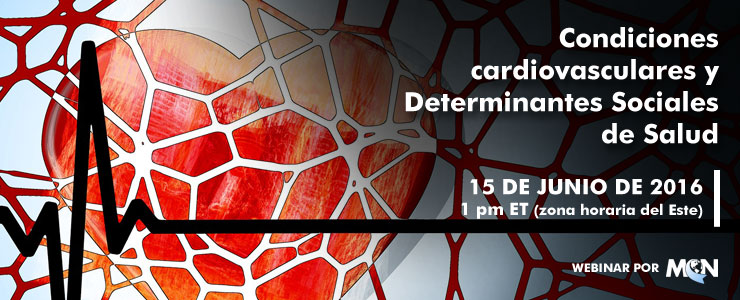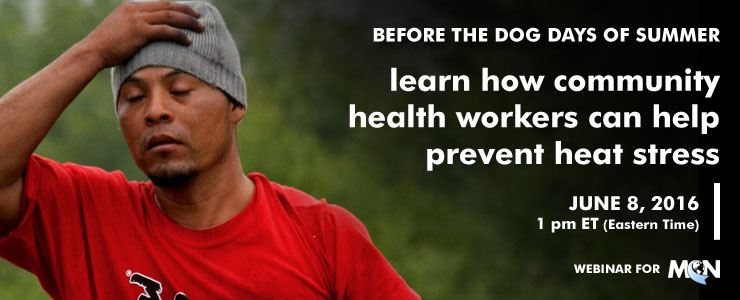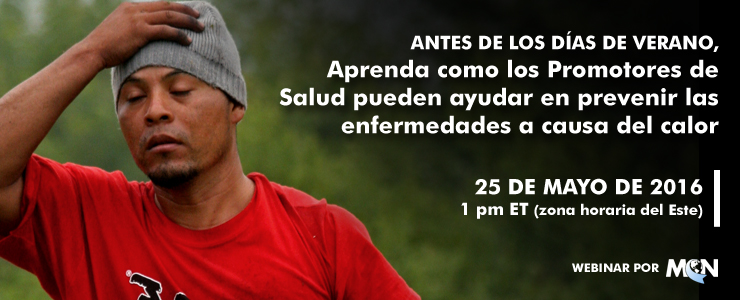"Zika virus is a flavivirus transmitted primarily by Aedes aegypti and Aedes albopictus mosquitoes, and infection can be asymptomatic or result in an acute febrile illness with rash (1). Zika virus infection during pregnancy is a cause of microcephaly and other severe birth defects (2). Infection has also been associated with Guillain-Barré syndrome (GBS) (3) and severe thrombocytopenia (4,5). In December 2015, the Puerto Rico Department of Health (PRDH) reported the first locally acquired case of Zika virus infection. This report provides an update to the epidemiology of and public health response to ongoing Zika virus transmission in Puerto Rico (6,7). A confirmed case of Zika virus infection is defined as a positive result for Zika virus testing by reverse transcription–polymerase chain reaction (RT-PCR) for Zika virus in a blood or urine specimen. A presumptive case is defined as a positive result by Zika virus immunoglobulin M (IgM) enzyme-linked immunosorbent assay (MAC-ELISA)* and a negative result by dengue virus IgM ELISA, or a positive test result by Zika IgM MAC-ELISA in a pregnant woman. An unspecified flavivirus case is defined as positive or equivocal results for both Zika and dengue virus by IgM ELISA. During November 1, 2015–July 7, 2016, a total of 23,487 persons were evaluated by PRDH and CDC Dengue Branch for Zika virus infection, including asymptomatic pregnant women and persons with signs or symptoms consistent with Zika virus disease or suspected GBS; 5,582 (24%) confirmed and presumptive Zika virus cases were identified. Persons with Zika virus infection were residents of 77 (99%) of Puerto Rico’s 78 municipalities. During 2016, the percentage of positive Zika virus infection cases among symptomatic males and nonpregnant females who were tested increased from 14% in February to 64% in June. Among 9,343 pregnant women tested, 672 had confirmed or presumptive Zika virus infection, including 441 (66%) symptomatic women and 231 (34%) asymptomatic women. One patient died after developing severe thrombocytopenia (4). Evidence of Zika virus infection or recent unspecified flavivirus infection was detected in 21 patients with confirmed GBS. The widespread outbreak and accelerating increase in the number of cases in Puerto Rico warrants intensified vector control and personal protective behaviors to prevent new infections, particularly among pregnant women."
